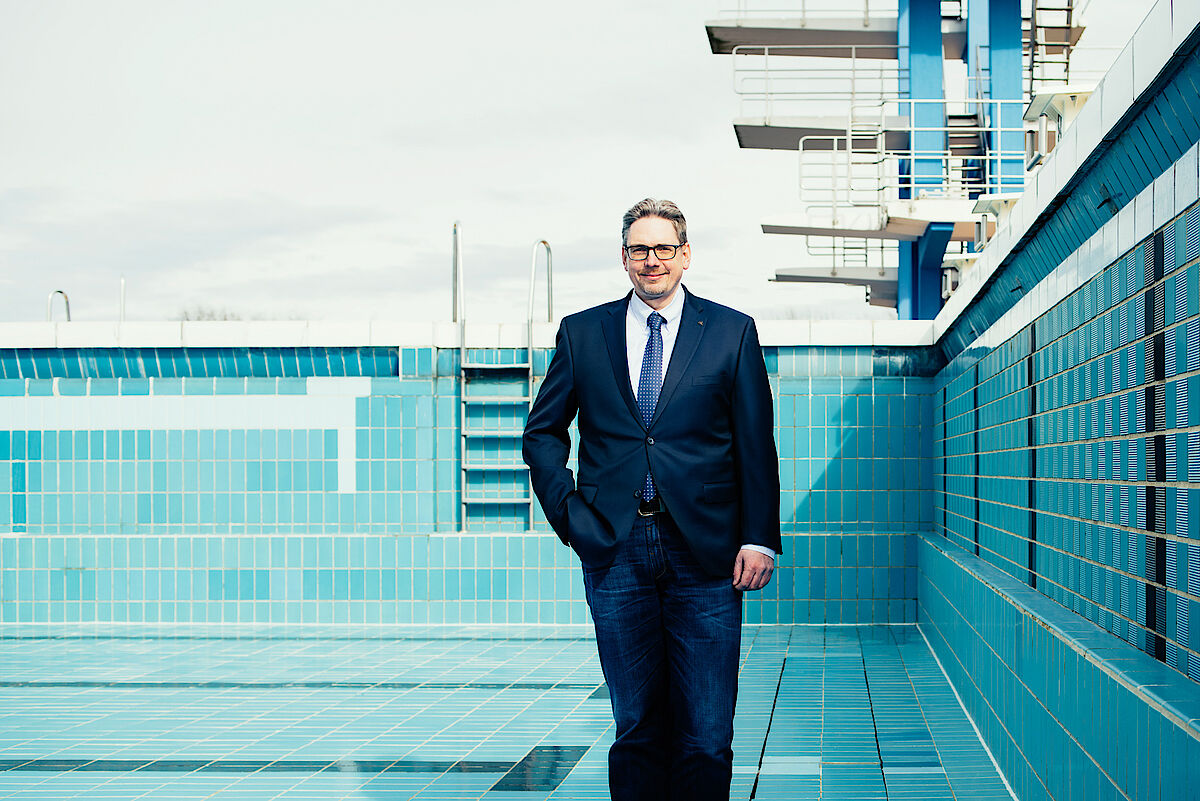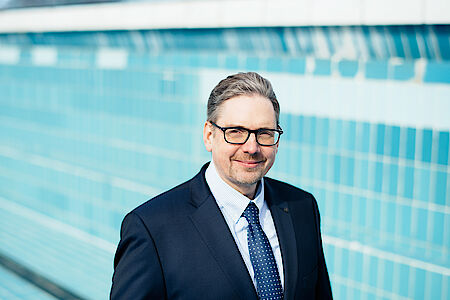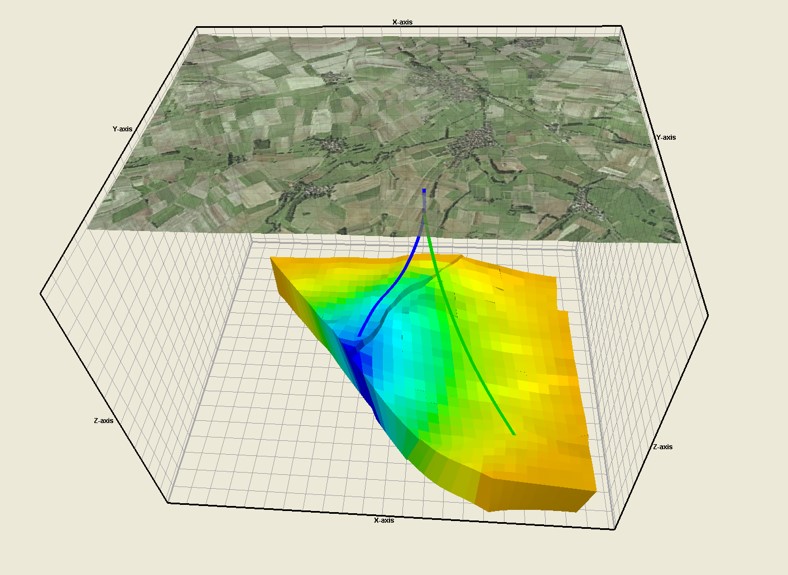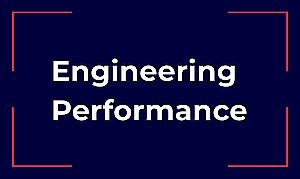Water is life. While this may sound like a truism, it does show us how important it is to know how to manage water. Water was once used where it was found – cities were founded by rivers, trade routes stretched from one oasis to the next, and wells were dug and cisterns constructed to catch rainwater. But as population density increased and cities grew, some initial problems became apparent: not everything you take from a river is fit for consumption, especially when people dispose of their sewage in the very same river. There’s a reason why the Babylonians used beer as a relatively uncontaminated and non-perishable substitute for water.
These days, it’s a question of sourcing, distributing, using and disposing of water as a resource. DMT provides services in this area around the world, both for public-sector customers, such as with infrastructure projects, and for industry, for example groundwater management. The aim at all times is to consider the water cycle in its entirety and to optimise use of this resource – because this saves money. And using a vital resource sustainably is, of course, extremely prudent for society as a whole. After all, it’s a question of using water, but not using it up.




